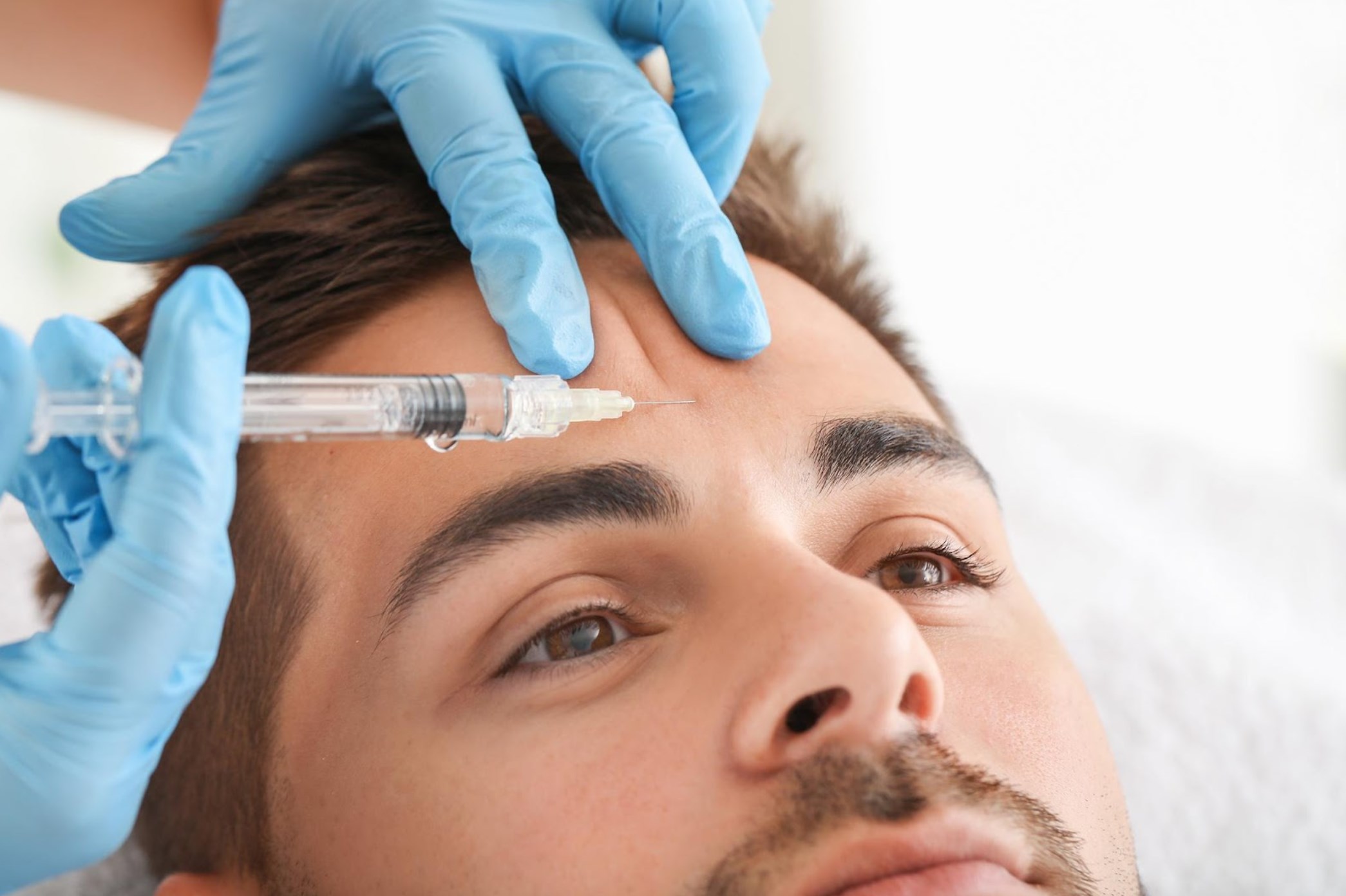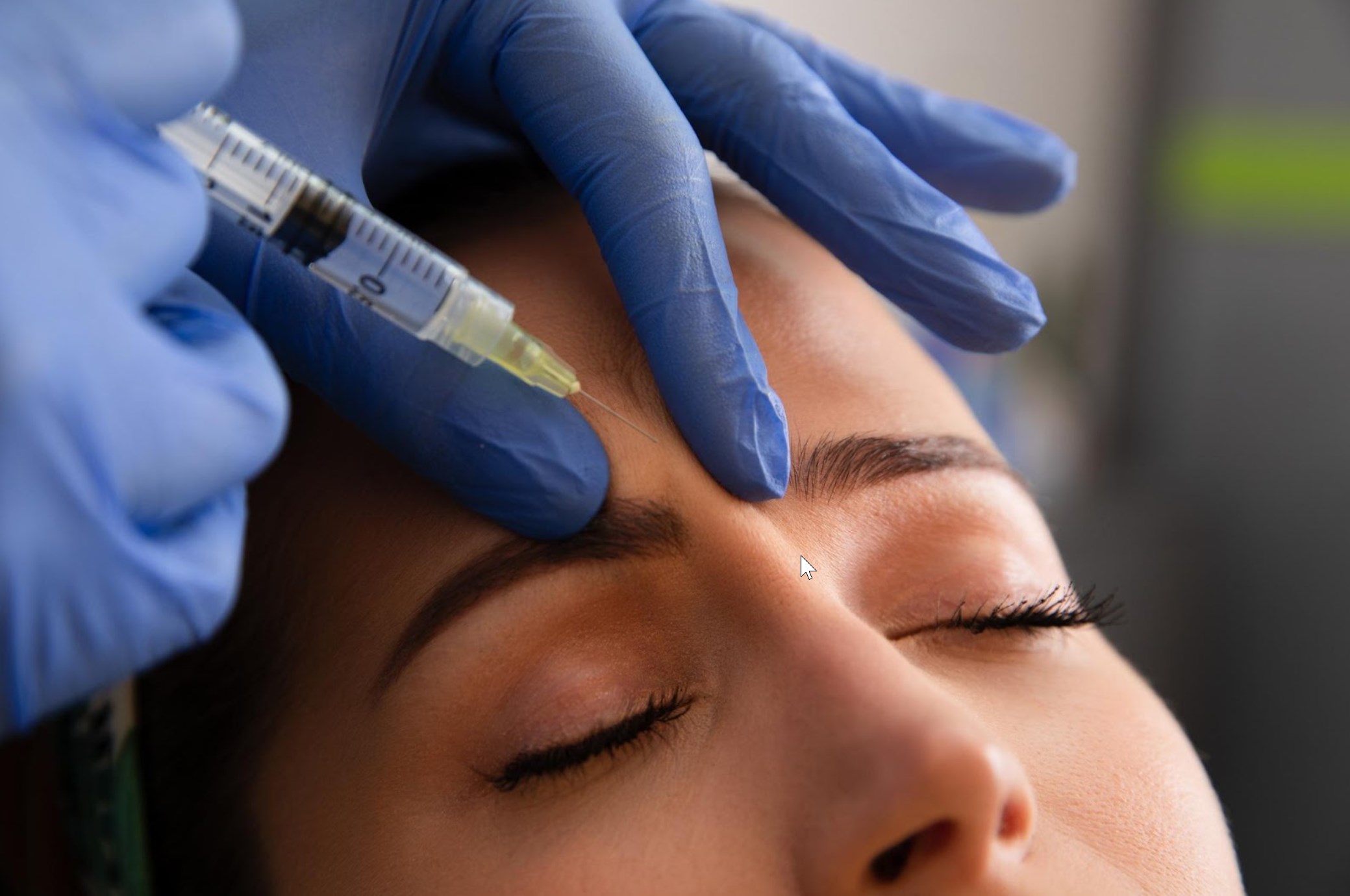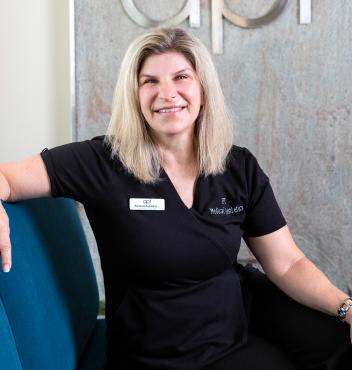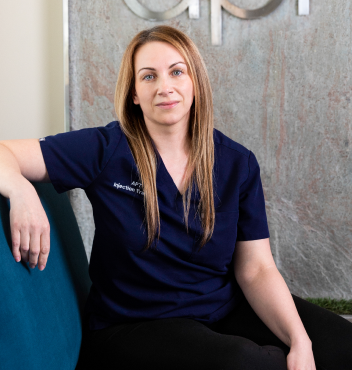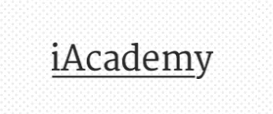blog
Botox Gone Wrong – What Every Injector Needs to Know to Prevent and Manage Adverse Outcomes

Jul 11 2025
Reading Time: 7 Minutes
Author:
We’ve all seen the horror stories—frozen foreheads, drooping brows, or unnaturally arched eyebrows that scream bad Botox. Whether it’s a celebrity caught on camera or a client who left another clinic disappointed, the phrase “Botox gone wrong” has become a major talking point in the world of medical aesthetics.
But here’s what the headlines don’t always tell you—most Botox mishaps are preventable. And when they do happen, skilled, well-trained injectors know exactly how to manage them ethically and professionally.
In a growing industry like medical aesthetics, where reputation and results go hand-in-hand, knowing how to avoid complications like heavy eyebrows after Botox or forehead Botox gone wrong isn’t just a bonus—it’s your responsibility.
This blog will guide you through real-world mistakes, clinical red flags, and key principles that can help you prevent Botox errors before they start. If you’re a regulated healthcare professional looking to build a safe, successful injectable practice in the GTA, this is the knowledge you can’t afford to skip.

All images used under license from Canva. © APT Medical Aesthetics, 2025. All rights reserved.
A Case to Remember – What One Student Learned When Things Didn’t Go As Planned
One of our former trainees at APT Injection Training, a nurse named Jason, came into aesthetics after years in acute care. He was confident with syringes but unfamiliar with the subtleties of facial anatomy. In his early days shadowing at a clinic, he witnessed a patient return two weeks after forehead Botox with an unexpected complication: Spock brows—a sharp, unnatural arch caused by under-treating the lateral frontalis.
The patient was frustrated, but the injector calmly adjusted the placement with a conservative dose to the outer frontalis to rebalance the brow. Jason was impressed—not just by the correction, but by the injector’s confidence and communication.
“That experience changed everything,” Jason later said. “It made me realize how much of this work is knowing what to do when things don’t go perfectly.”
Common Injector Mistakes That Lead to Bad Botox Results
Even the most skilled injectors can make mistakes—but the key difference lies in preparation, training, and clinical judgment. When it comes to avoiding complications like bad Botox, forehead Botox gone wrong, or heavy eyebrows after Botox, prevention is always more effective than correction.
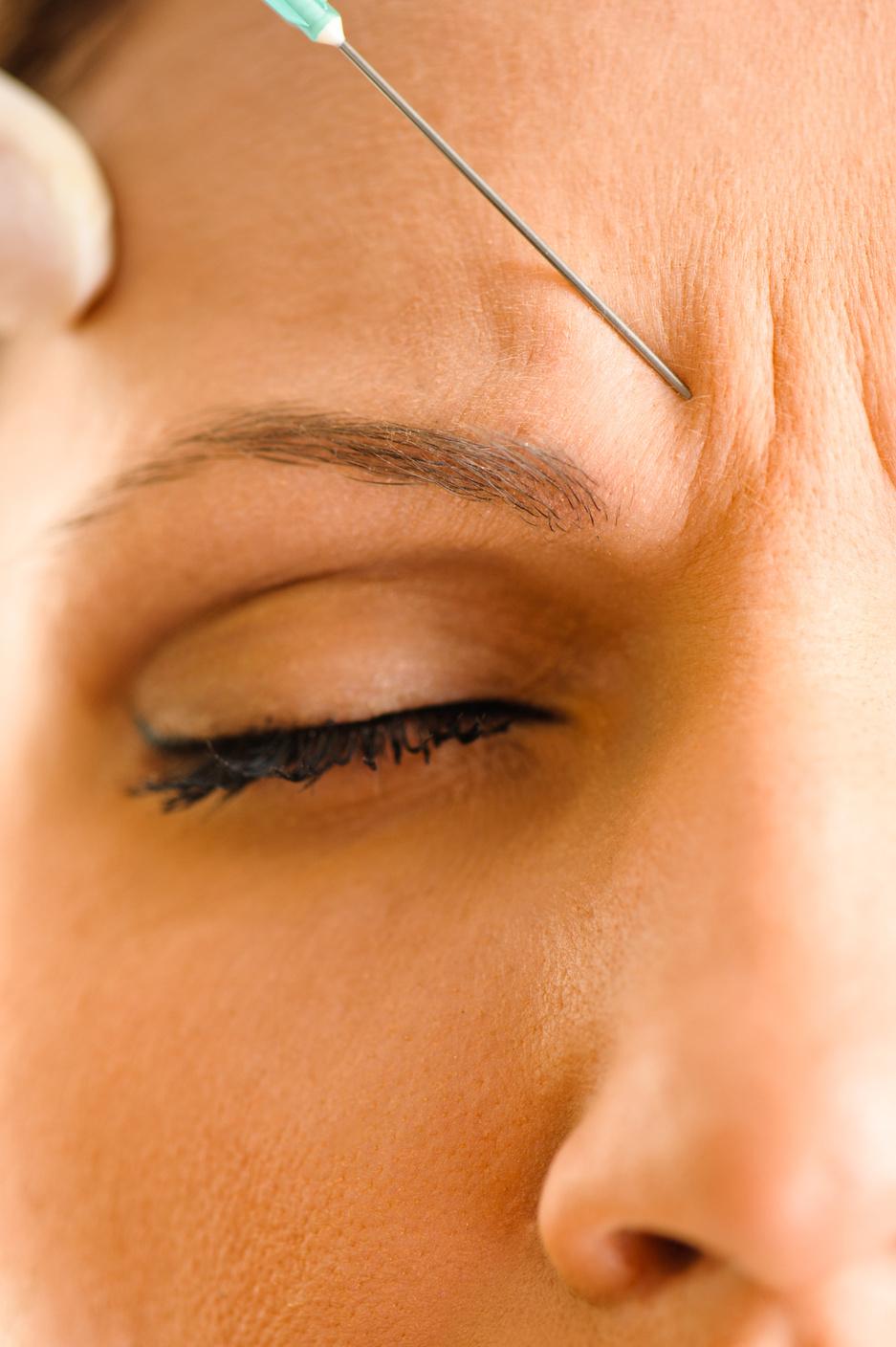
All images used under license from Canva. © APT Medical Aesthetics, 2025. All rights reserved.
At APT Injection Training, we’ve worked with hundreds of healthcare professionals across the GTA who were eager to refine their technique. Based on years of real-world observation and case-based training, here are the most common injector errors that can lead to unsatisfactory results:
1. Misjudging anatomical landmarks
Facial injection is an art informed by science. Failing to accurately assess and mark the correct muscle groups—especially in complex areas like the forehead and glabella—can result in misplaced product, uneven results, and loss of natural facial expression. For example, injecting too close to the orbital rim or too low on the frontalis can cause unintended spread into the muscles that lift the eyelids or brows, resulting in brow ptosis or drooping.
2. Incorrect dosage or poor dilution technique
Precision in product handling is just as important as technique. Administering too many units or diluting the neurotoxin too heavily can create a wider diffusion pattern, affecting muscles beyond the intended target. On the flip side, under-dosing can result in a lack of visible results, leading patients to assume the treatment “didn’t work.” These errors are especially risky in high-movement zones like the glabella or horizontal forehead lines, where dosing must be balanced with natural function.
3. Treating every face the same
No two faces are alike—so why would the same treatment plan work for everyone? A major mistake is applying cookie-cutter injection patterns without accounting for individual differences in muscle strength, skin thickness, facial symmetry, or aesthetic goals. What works for a 30-year-old with mild dynamic lines may not suit a 55-year-old with deeper rhytids and a history of surgical interventions. A personalized approach is non-negotiable in avoiding Botox gone wrong outcomes.
4. Ignoring patient history and anatomy
Patients often come with more than meets the eye. Pre-existing conditions such as Bell’s palsy, previous aesthetic treatments (including surgery or fillers), and lifestyle factors can all influence how Botox behaves once injected. Even something as common as uneven brow height or asymmetrical facial movement can skew your results if not factored into the treatment plan. A rushed consultation or lack of patient education can lead to misaligned expectations—and eventual dissatisfaction.
5. Lack of post-treatment follow-up and evaluation
Your responsibility as an injector doesn’t end once the syringe is down. Failing to follow up with patients can result in missed opportunities to catch complications early, such as asymmetry, eyelid droop, or overcorrection. Worse, it can undermine trust in your care and your clinic’s reputation. Building a consistent follow-up protocol not only reinforces professionalism but also allows you to refine your technique based on outcome data and patient feedback.
Ultimately, avoiding these clinical missteps requires a blend of deep anatomical knowledge, precision technique, strong communication, and a commitment to ongoing learning.
Injecting isn’t just about what you’re putting into the skin—it’s about why, where, and how. The more intentional your approach, the safer and more successful your outcomes will be.
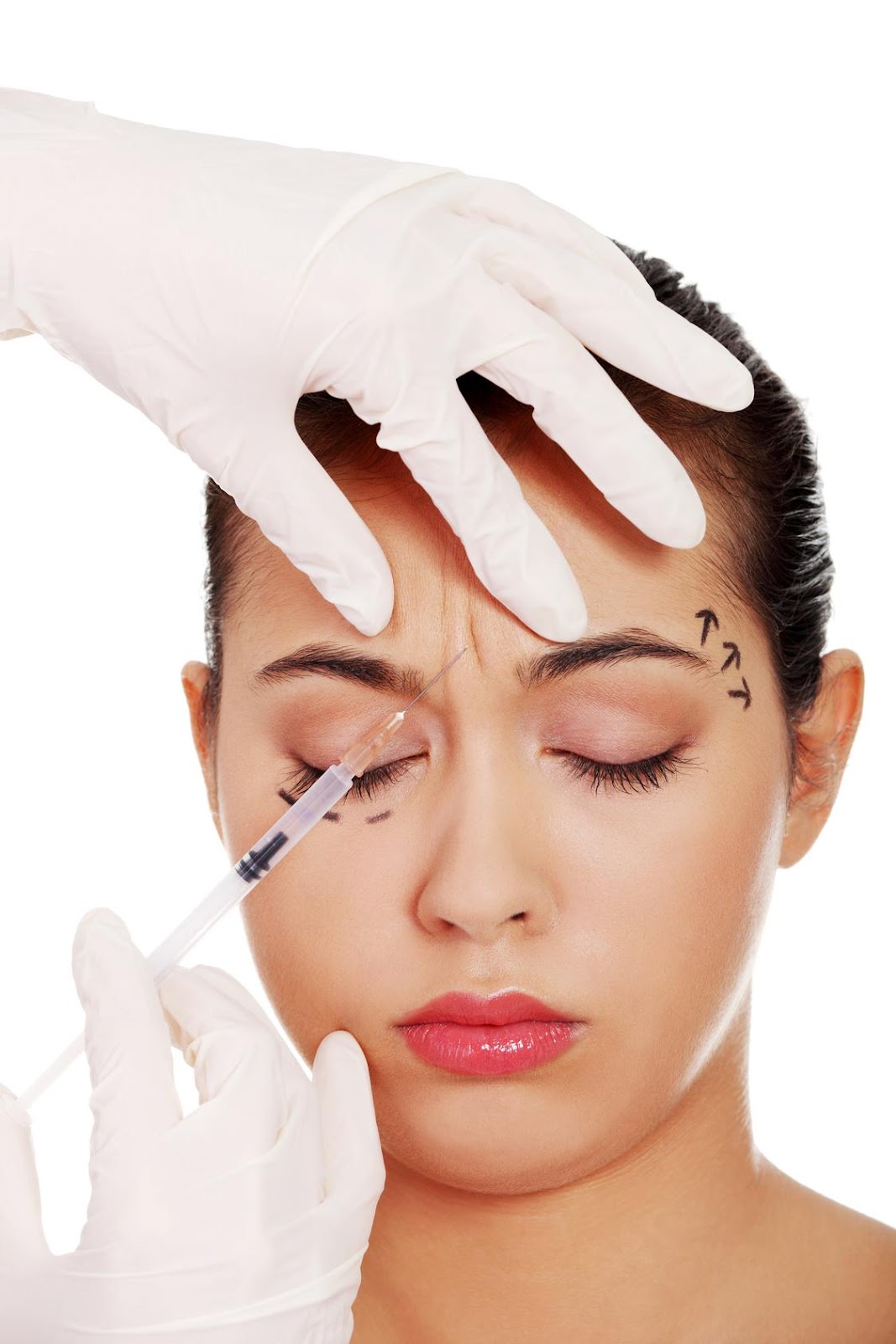
All images used under license from Canva. © APT Medical Aesthetics, 2025. All rights reserved.
What to Do When Forehead Botox Goes Wrong – Clinical Steps to Correct and Reassure
Even with excellent technique, complications can arise. The real test of a skilled injector is how they respond when things go off track.
Here’s a clinical approach to managing forehead Botox gone wrong:
Step 1 – Identify the issue
Is the problem functional (e.g., brow ptosis or asymmetry) or purely aesthetic (e.g., unnatural lift or stiffness)? Take a thorough assessment of muscle movement and patient concerns.
Step 2 – Educate the client
Explain what happened in a calm, professional way. Most complications are temporary and manageable, but reassurance is key to maintaining trust.
Step 3 – Consider strategic corrections
Small additional doses of Botox can help rebalance movement, especially when dealing with Spock brows or uneven forehead lines. Avoid overcorrecting—less is more.
Step 4 – Document everything
Take detailed notes and photographs to evaluate changes at follow-up and refine your technique over time.
Step 5 – Learn and adjust
Reflect on what contributed to the outcome. Was it dosage, dilution, placement, or patient-specific anatomy? Continuous improvement is the hallmark of a safe injector.
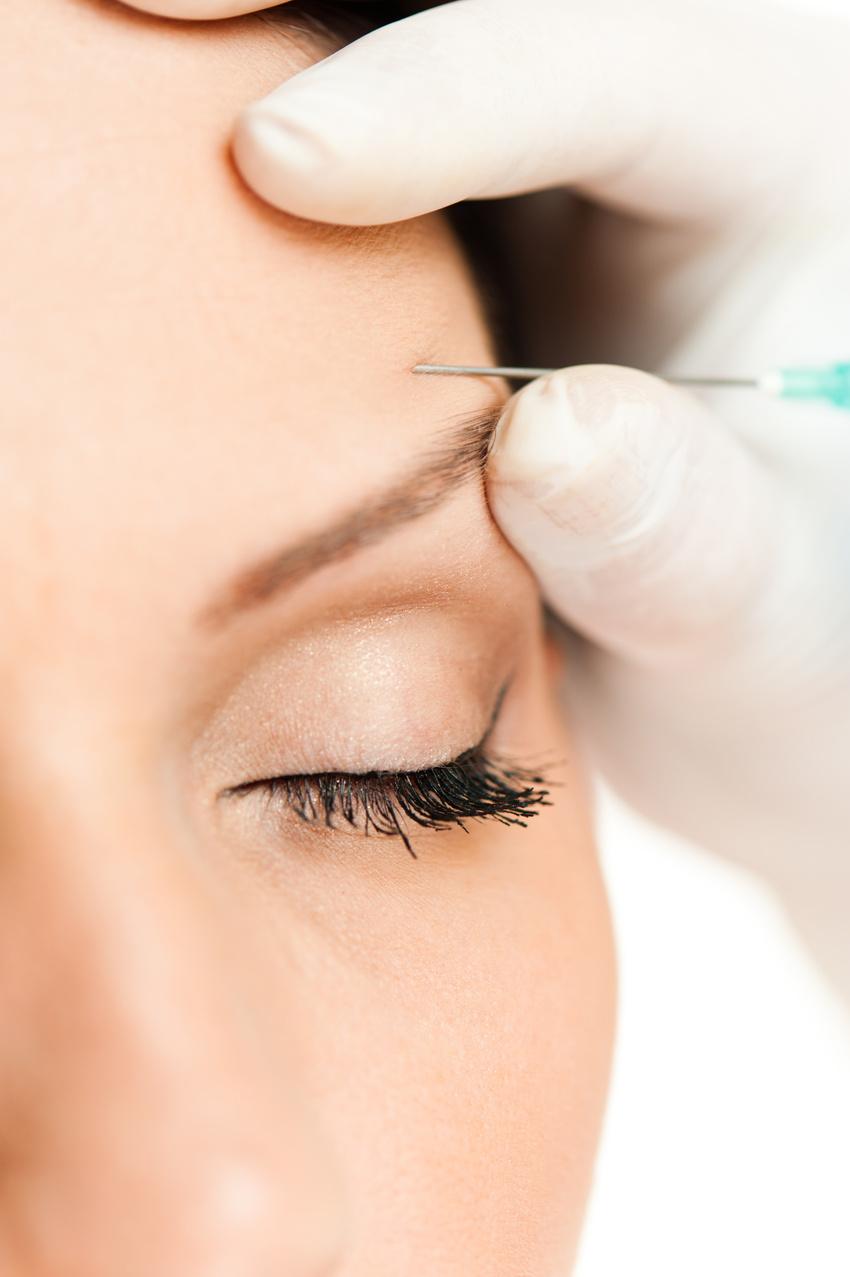
All images used under license from Canva. © APT Medical Aesthetics, 2025. All rights reserved.
What Is Bad Botox – And What Makes It So?
Let’s be clear—bad Botox isn’t always a result of the product itself. It’s often the outcome of:
- Poor training or lack of mentorship
- Incomplete understanding of facial anatomy
- Rushed consultations without goal setting
- Inappropriate expectations or inadequate patient education
- Lack of follow-through when complications occur
When the injector doesn’t take time to educate, customize, and follow up, the client walks away dissatisfied. And that dissatisfaction shows—on the face and in online reviews.
Frequently Asked Questions – Managing Botox Complications
Q – How long do Botox complications like droopy brows or uneven forehead last?
A – Most Botox-related side effects are temporary, lasting anywhere from 2 to 12 weeks depending on the area treated and the severity of the issue. In some cases, temporary prescription eye drops can provide short-term relief.
Q – Can bad Botox be fixed?
A – Many aesthetic issues caused by Botox can be adjusted with strategic re-injection or allowed to fade naturally over time. Some complications require a watch-and-wait approach, while others can be corrected within 2 to 3 weeks.
Q – Will APT Injection Training teach how to manage Botox complications?
A – Absolutely. Our curriculum not only teaches safe injection techniques but also emphasizes complication management, patient communication, and clinical decision-making through case-based learning and live model practice.
Ask Yourself This – Are You Prepared to Handle Botox Gone Wrong?
It’s easy to feel confident when everything goes according to plan. But what happens when it doesn’t?
Are you equipped to identify brow ptosis, explain why it happened, and correct it—without losing your patient’s trust?
Do you know how to avoid injecting too low in the frontalis, or how to manage heavy eyebrows after Botox before they cause client dissatisfaction?
If you hesitated even slightly, it might be time to elevate your training and deepen your clinical understanding.
Why Proper Training is the Best Prevention for Botox Complications
No one becomes a confident, ethical injector overnight. It takes practice, mentorship, and a strong foundation built on understanding anatomy, technique, and patient care.
At APT Injection Training, we prepare regulated healthcare professionals for more than just flawless injections—we prepare you for real-world challenges and how to overcome them.
Our courses offer:
- Hands-on training with a 2:1 trainee-to-trainer ratio
- Expert instruction from clinicians with over 20 years of industry experience
- State-of-the-art facilities in Oakville, Ontario
- Live model practice to simulate real patient scenarios
- Education on adverse event management and ethical communication
Whether you’re just starting out or want to take your clinical skills to the next level, our programs are designed to set you up for long-term success in medical aesthetics.

All images used under license from Canva. © APT Medical Aesthetics, 2025. All rights reserved.
Connect With APT Injection Training and Take the Next Step
Avoiding bad Botox outcomes starts with the right training. If you’re ready to learn how to prevent and manage complications like brow heaviness, forehead asymmetry, or drooping eyelids, APT Injection Training is here to support you with expert guidance and hands-on experience.
Join the growing network of skilled injectors across the GTA who are raising the standard of care—one treatment at a time.
Call us today to learn more or reserve your spot in our next course.
📞 (289) 271-5718
✉️ info@aptinjectiontraining.com
🌐 aptinjectiontraining.com
Tips to be a
Successful Injector!
Free E-Book download
 Student Log in
Student Log in
 1267 Cornwall Rd, Unit 300, Oakville, Ontario L6J 7T5
1267 Cornwall Rd, Unit 300, Oakville, Ontario L6J 7T5

 (289) 271-5718
(289) 271-5718


